Papal Conclaves Explained: The Process Of Selecting A New Pope
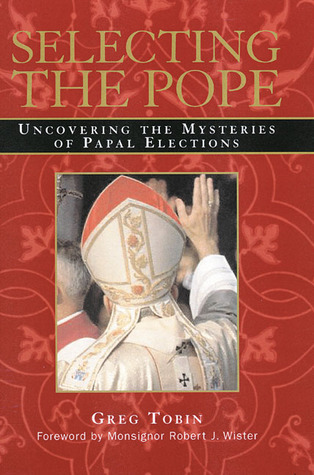
Table of Contents
The Beginning: The Death or Resignation of a Pope and the Sede Vacante
The period between a Pope's death or resignation and the election of his successor is known as the Sede Vacante (vacant see). This interim period, while seemingly brief, is crucial in preparing for the Papal Conclave. During this time, the Church's governance doesn't simply cease; rather, it transitions under the authority of the Cardinal Camerlengo.
- Announcement of the Pope's death: The death of the Pope is formally announced, often with a simple "Annuntio vobis gaudium magnum: Habemus Papam." (I announce to you a great joy: We have a Pope), but in this case signifying the opposite. This announcement sets in motion the events leading to the Conclave.
- Sealing of the Papal apartments: The apartments of the deceased Pope are immediately sealed to ensure the preservation of personal belongings and prevent any unauthorized access. This act underscores the solemnity and respect accorded to the deceased Pontiff.
- The role of the Camerlengo in managing the Church's affairs: The Cardinal Camerlengo, a senior Cardinal, assumes temporary administrative responsibility. His duties include overseeing the Vatican City State, managing the Church's finances, and preparing for the Papal Conclave. He acts as a kind of regent until a new Pope is elected.
- Preparation for the Conclave: The Camerlengo, alongside other cardinals, oversees the logistical arrangements for the Conclave, including the summoning of cardinal electors, securing the location, and ensuring all necessary preparations are complete before the Conclave begins. This phase is vital for a smooth transition of power.
The Participants: Cardinals and their Role in the Papal Conclave
The College of Cardinals plays a pivotal role in electing the new Pope. However, not all cardinals are eligible to participate in the Papal Conclave. Only cardinal electors, those under the age of 80, can cast votes.
- Cardinal electors – their number and selection: The number of cardinal electors varies depending on the number of cardinals appointed by previous Popes and those under 80 years of age. These cardinals are the voting members of the Conclave.
- The role of non-elector cardinals: Cardinals over 80 years old participate in the Conclave but do not vote. They contribute their wisdom and experience to the process through their advice and counsel.
- The importance of their faith and understanding of Catholic doctrine: Cardinal electors are chosen for their deep faith, theological understanding, pastoral experience, and commitment to the Catholic Church. They are expected to exercise prudence and discernment in selecting the next Pope.
- The oath of secrecy sworn by all participants: Before the Conclave begins, all participants – electors and non-electors alike – take an oath of secrecy. This oath underscores the sanctity and confidentiality of the election process, safeguarding the integrity of the Conclave and preventing external influences.
The Location and Seclusion: The Conclave's Setting
Traditionally, the Papal Conclave takes place in the Sistine Chapel within the Vatican Palace. This iconic location, rich in history and religious significance, provides a setting for this crucial event.
- The importance of maintaining secrecy and preventing external influence: The Conclave's seclusion is paramount. The cardinals are isolated from the outside world to prevent undue pressure or influence on their decisions. This ensures that the selection process is free from political or other external considerations.
- Security protocols to ensure the integrity of the process: Rigorous security measures are in place to maintain the secrecy and integrity of the Conclave, preventing any interference or leaks of information.
- Accommodation and daily life of the cardinals during the Conclave: During the Conclave, the cardinals live a simple life within the confines of the Vatican. They are provided with basic accommodations and have limited contact with the outside world.
The Voting Process: How a New Pope is Elected
The election of the new Pope involves a series of secret ballots. The process continues until a candidate receives a two-thirds majority of the votes.
- The secret ballot system and its importance: The secrecy of the voting process is fundamental to the integrity of the Conclave. It ensures that cardinals can vote freely, without fear of pressure or retribution.
- The process of counting the votes: After each round of voting, the ballots are meticulously counted by specially appointed officials. The count is strictly confidential.
- The significance of the white and black smoke signals: The famous white smoke signal signifies the election of a new Pope, while black smoke indicates that no candidate has reached the required majority. These signals are highly anticipated by the world.
- The number of rounds of voting that might take place: The number of rounds of voting can vary depending on the number of candidates and the time it takes for a two-thirds majority to be reached. The process can span several days.
The Election and Proclamation: Announcing the New Pope
The moment a candidate receives the necessary votes marks the election of the new Pope. This is then announced to the world.
- The "Habemus Papam!" announcement from the balcony of St. Peter's Basilica: The announcement of "Habemus Papam!" (We have a Pope) from the balcony of St. Peter's Basilica is a globally televised event, signaling the beginning of a new papacy.
- The new Pope's first blessing ("Urbi et Orbi"): The newly elected Pope then gives his first blessing, "Urbi et Orbi" (to the city and to the world), from the balcony of St. Peter's Basilica.
- The beginning of the new pontificate: With the announcement and blessing, the new pontificate officially begins, marking a significant moment in the history of the Catholic Church.
Conclusion
The Papal Conclave, a process rich in history and tradition, remains a pivotal event in the Catholic Church. Understanding its complexities – from the Sede Vacante period to the final announcement of "Habemus Papam!" – offers insight into the selection of the supreme spiritual leader. By comprehending the meticulous steps involved in a Papal Conclave, we gain a deeper appreciation for this significant event in the life of the Catholic Church. To further your understanding of this fascinating process, explore additional resources on the history and significance of the Papal Conclave and the election of the next Pope.

Featured Posts
-
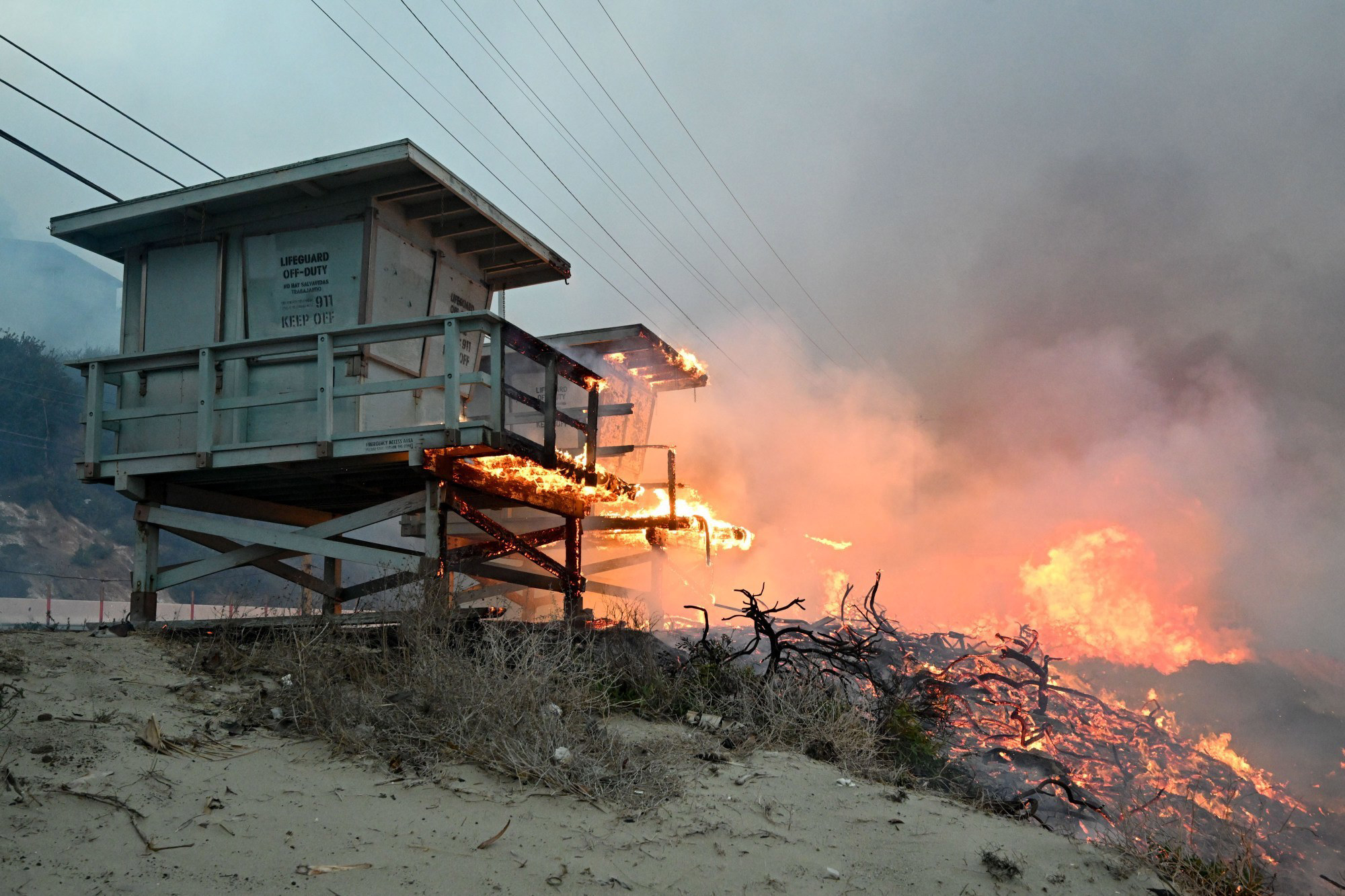 Full List Celebrities Affected By The Palisades Fires In Los Angeles
Apr 22, 2025
Full List Celebrities Affected By The Palisades Fires In Los Angeles
Apr 22, 2025 -
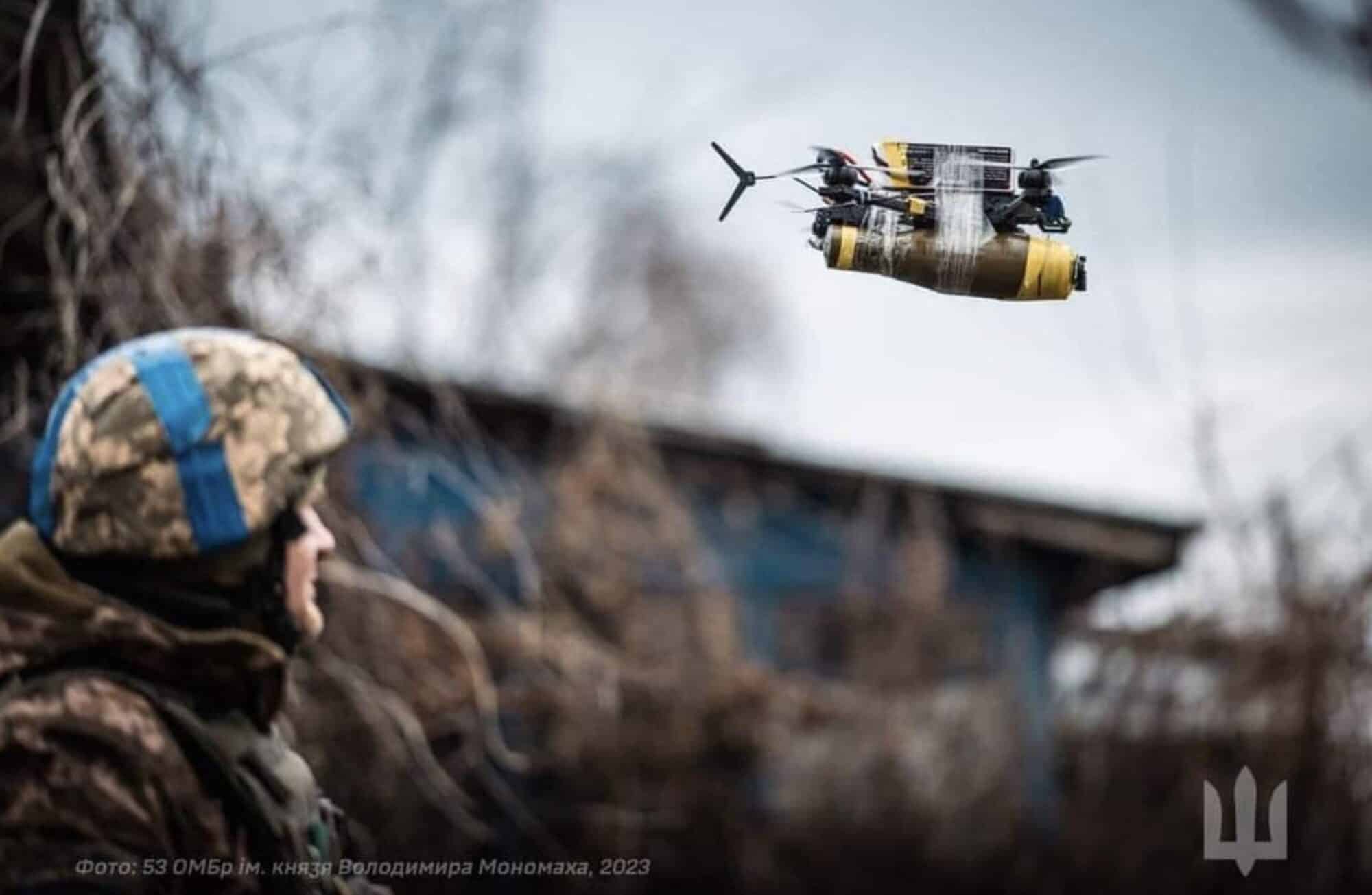 Russias Aerial Assault On Ukraine Us Peace Plan Amidst Deadly Barrage
Apr 22, 2025
Russias Aerial Assault On Ukraine Us Peace Plan Amidst Deadly Barrage
Apr 22, 2025 -
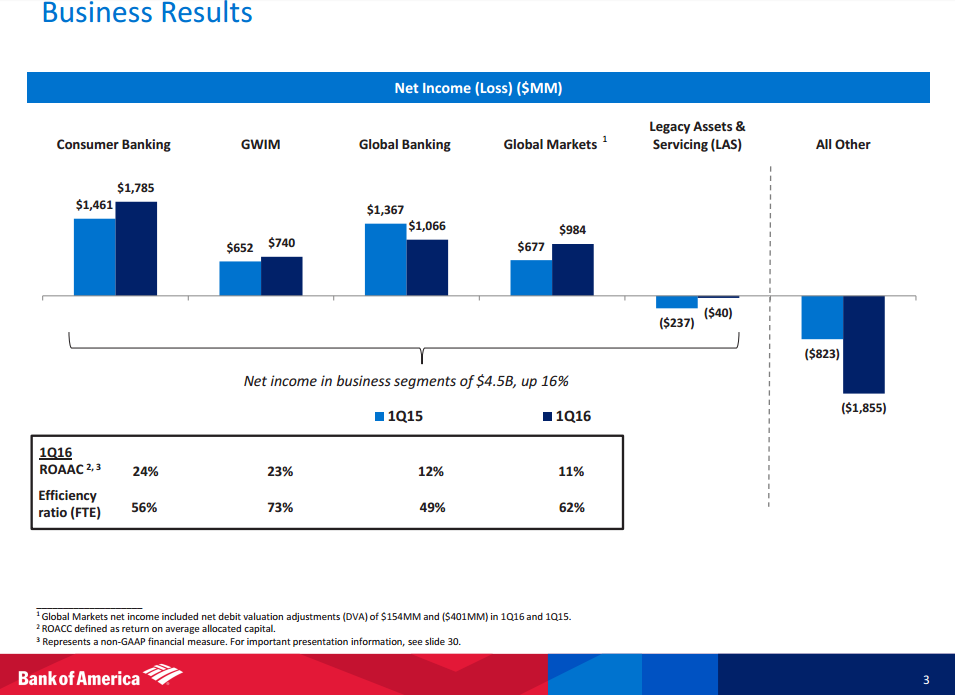 Stock Market Valuation Concerns Bof A Offers A Reassuring Perspective
Apr 22, 2025
Stock Market Valuation Concerns Bof A Offers A Reassuring Perspective
Apr 22, 2025 -
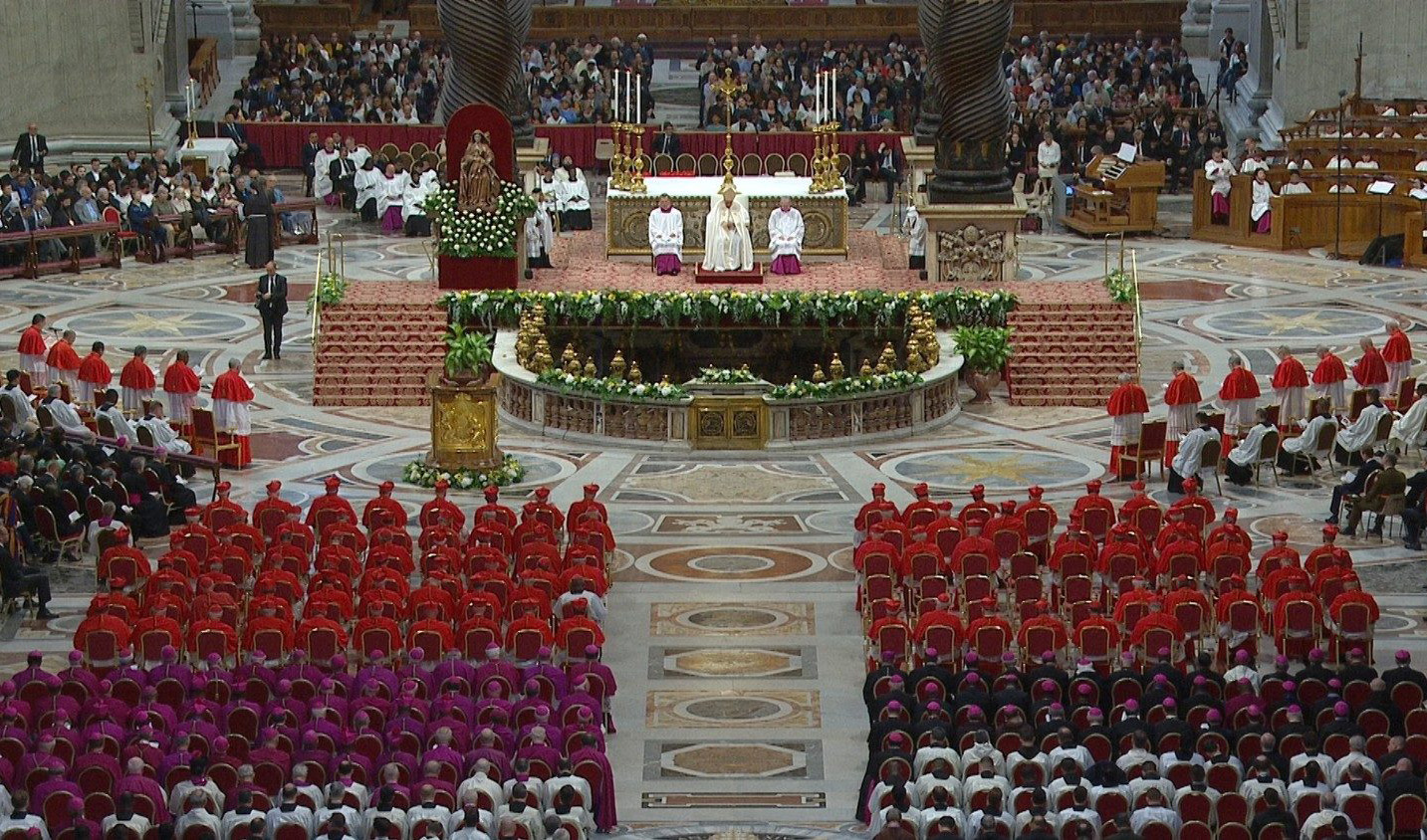 A Compassionate Shepherd Pope Francis Life And Legacy Conclude
Apr 22, 2025
A Compassionate Shepherd Pope Francis Life And Legacy Conclude
Apr 22, 2025 -
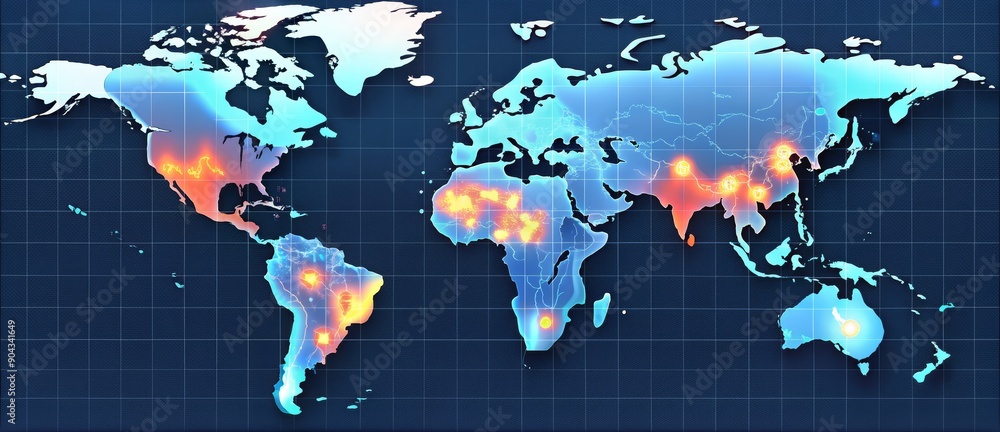 A Geographic Overview Of The Countrys Newest Business Hotspots
Apr 22, 2025
A Geographic Overview Of The Countrys Newest Business Hotspots
Apr 22, 2025
Latest Posts
-
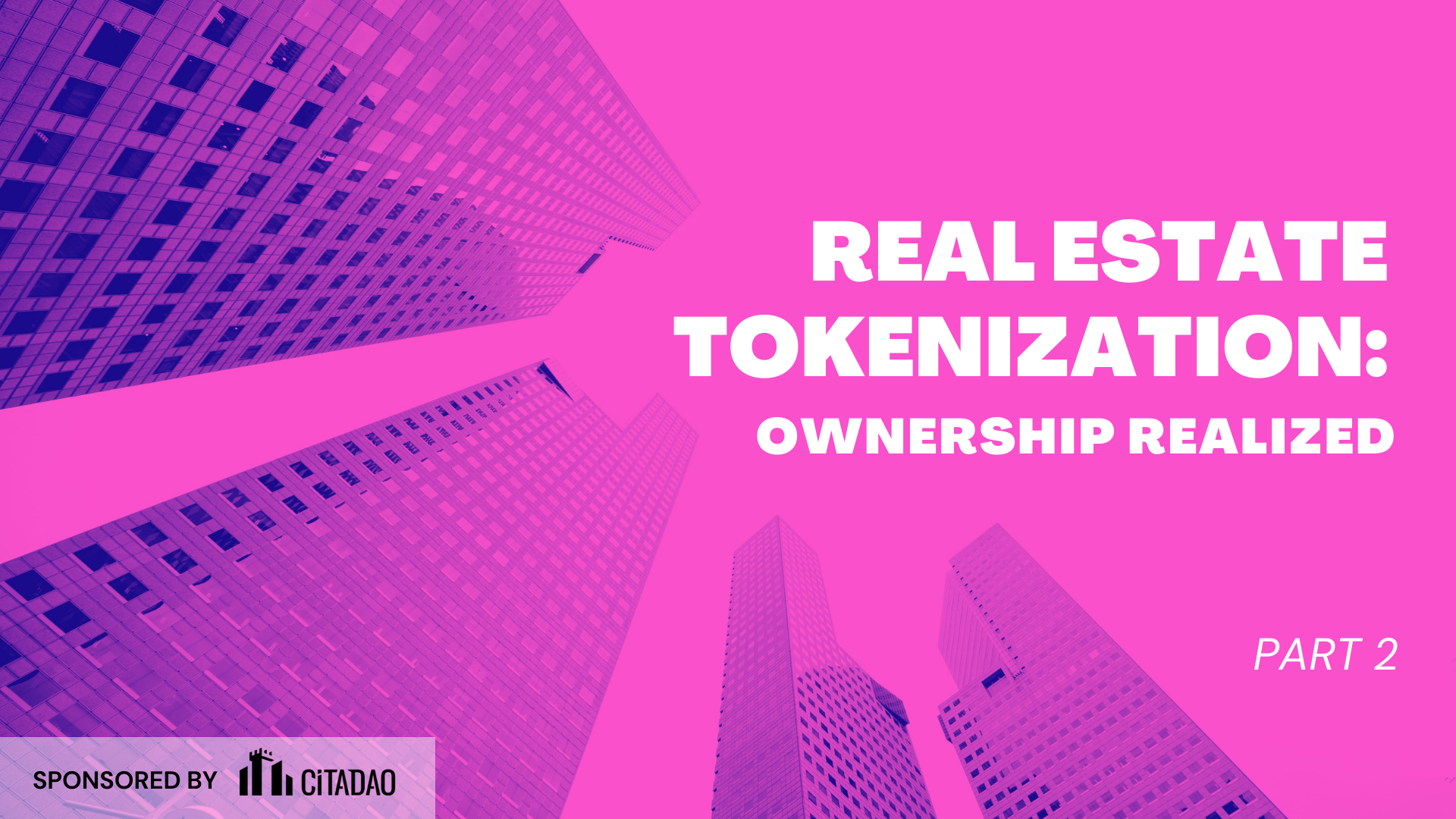 Finding Your Real Safe Bet A Practical Approach To Investment
May 10, 2025
Finding Your Real Safe Bet A Practical Approach To Investment
May 10, 2025 -
 Bajaj Twins Weigh On Indian Markets Sensex And Nifty 50 Conclude Day Flat
May 10, 2025
Bajaj Twins Weigh On Indian Markets Sensex And Nifty 50 Conclude Day Flat
May 10, 2025 -
 The Real Safe Bet Strategies For Secure Long Term Growth
May 10, 2025
The Real Safe Bet Strategies For Secure Long Term Growth
May 10, 2025 -
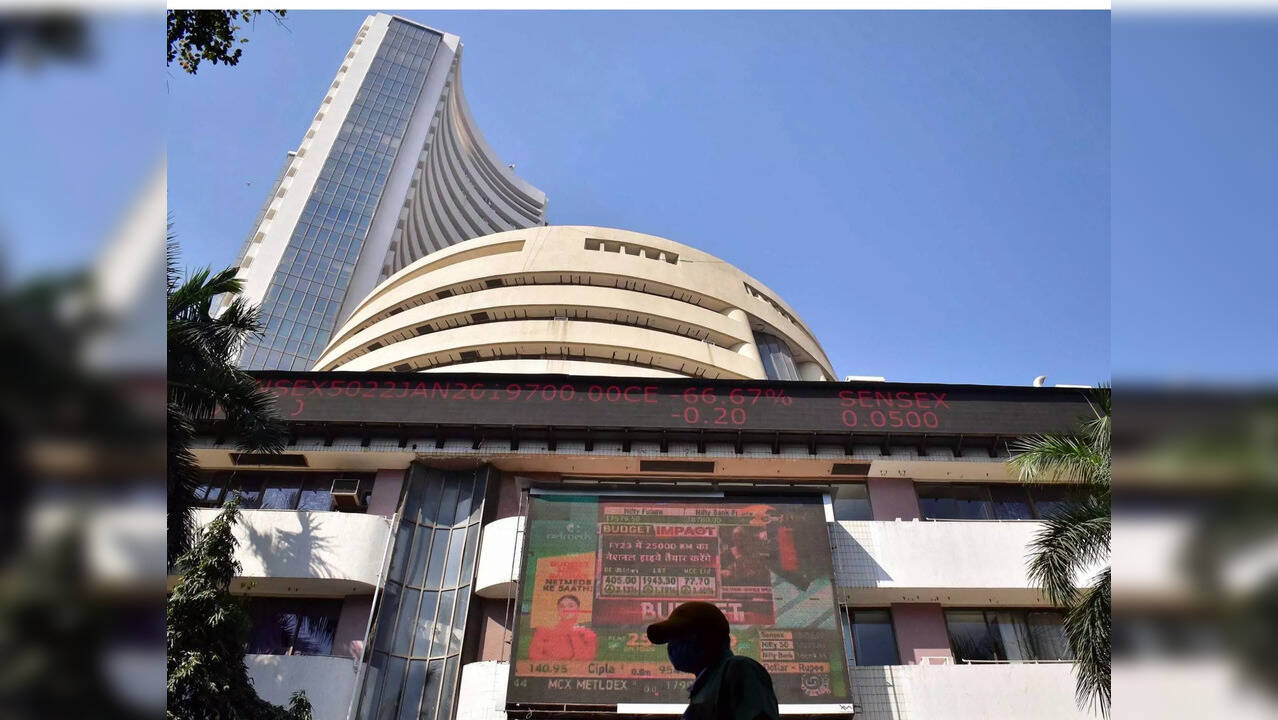 Choppy Trading In India Sensex And Nifty 50 End Flat Despite Bajaj Twins Losses
May 10, 2025
Choppy Trading In India Sensex And Nifty 50 End Flat Despite Bajaj Twins Losses
May 10, 2025 -
 What Makes A Real Safe Bet Analyzing Risk And Reward
May 10, 2025
What Makes A Real Safe Bet Analyzing Risk And Reward
May 10, 2025
